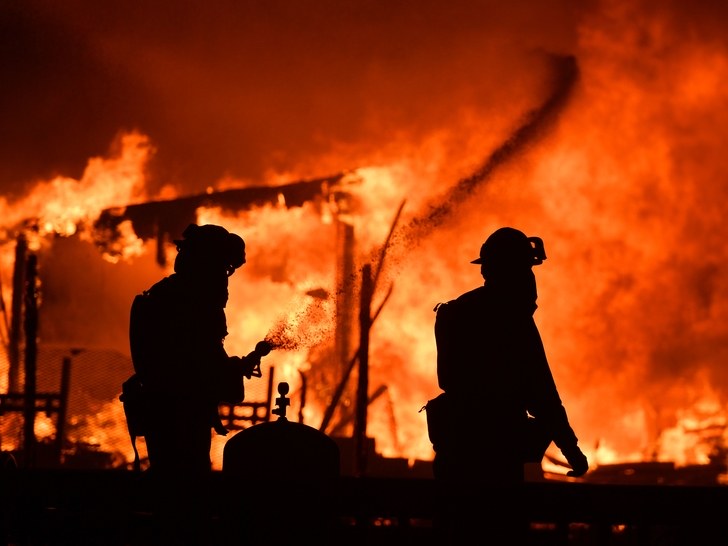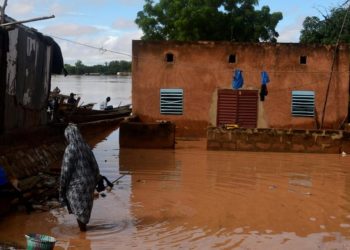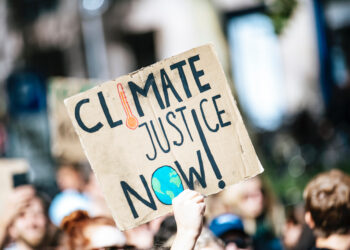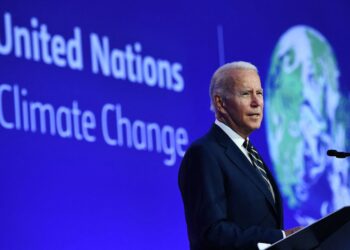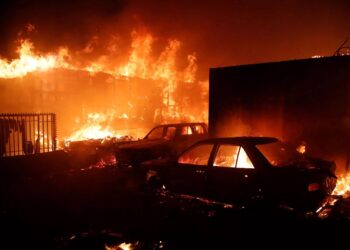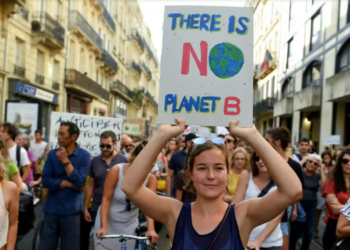The devastating wildfires in California continue as I write this with a death toll of over 80 and many missing. The so-called Camp wildfire has consumed more than 240,000 acres and is one of the biggest on record. But it is not just California.
Indeed, wildfire problems have become endemic throughout the western United States in recent years, from Colorado to the west coast and from California to Alaska. Nor is it just North America. Major wildfires in Australia, and southern Europe, Portugal in particular, in recent times have also caused devastation.
These wildfires have proven to be less manageable than in earlier times, as the heat and convection have allowed embers to fly way ahead of the main fire and thus provide less warning and at the same time trap people and even firefighters inside the conflagration.
Although wildfire damage can be immeasurable, the danger is not over after the flames are put out. Structural damage, road instability, damaged trees and power lines are just some of the dangers that exist after a wildfire. https://t.co/uqjxduUbpc pic.twitter.com/VFSngXVwkX
— CAL FIRE (@CAL_FIRE) November 21, 2018
Wildfires have a proximate cause, and it may be natural from dry lightning, for instance, or in many cases, it is human carelessness or even arson. The role of climate is the other vital factor and it is this factor that is making the wildfires worse.
Droughts can set the stage for wildfires. Clearly, fires are more likely in hot and dry conditions. In California, the background fire risk conditions can be greatly amplified by warm dry Santa Ana downslope winds from the interior of the continent. However, global climate change is also playing a substantial role, and this is the part that is new.
Climate Sets Stage
Wildfires are more likely in some locations than others because of the climate. A Mediterranean-type climate in southern Europe and California, for instance, is characterized by rainy winters but long dry sunny summers. It is the absence of rain and water that makes all the difference.
In the wet winters, plants flourish and grow, but in the dry summer, this simply creates litter and fuel for fires. With climate change, the increasing heat-trapping gases in the atmosphere, such as carbon dioxide from fossil fuel burning, produce warming. There is now over 40 percent more carbon dioxide in the atmosphere compared with pre-industrial times and more than half of this has accrued since 1985. It is from human activities, and the United States has contributed more than any other country to these increases.

The extra warming is quite small on a day to day basis, but in the absence of water, the effects accumulate. With water present, the heat mainly goes into evaporation and drying, and that feeds moisture into storms, which rain harder somewhere else. However, in a dry spell or drought, the heat accumulates.
Firstly, drying takes place, and then secondly temperatures increase. The drying effects build up heat and temperatures rise, leading to heat waves and increased risk of wildfire. It is expected that the areas affected move around from year to year, but their abundance increases over time, as is clearly happening.
Extra Heat from Global Warming
The extra heat from global warming accumulated over a month is equivalent to about 720 Watts per square foot over 6 minutes. 720 Watts is equivalent to full power in a small microwave oven. Hence, after one month, the extra heat stored up is equivalent to 1 microwave oven at full power every square foot for 6 minutes. No wonder things catch on fire!
In reality, there is moisture in the soils, and plants have root systems that delay the effects before they begin to wilt, and it may take more than two months for the effects to be large enough to substantially increase the risk of wildfires. The effect is generally small enough to be lost in the normal weather variability but after a month or so, the fire risk creeps inexorably higher.
https://twitter.com/1Fitbit1/status/1062906986537267200
Recently, comparisons have been made between California with managed forests in Finland, but the latter are not subjected to the long hot dry summers common in California and southern Europe. The comparison is extremely misleading.
We need to acknowledge the increased risk and attempt to build more resiliency into the way we build and manage plants and trees. This relates to water management, use of fire-resistant materials, and also fire breaks. Planned evacuation routes are also prudent.
However, we also need to slow down and even stop climate change, by cutting back on fossil fuel burning in power plants, factories, and automobiles, and building a more sustainable future.
Let’s make America cool again.
Disclaimer: The views and opinions expressed here are those of the author and do not necessarily reflect the editorial position of The Globe Post.

